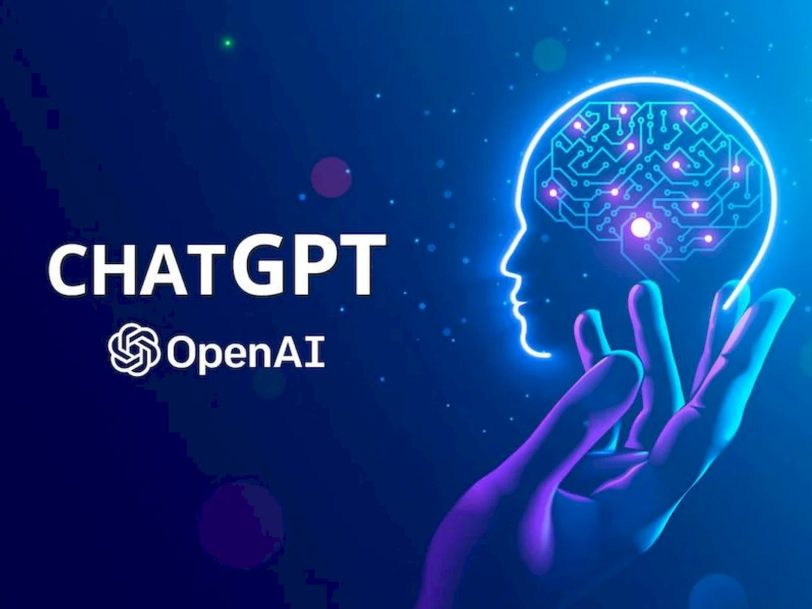What is ChatGPT and how to use it?

Chatbots are called to master natural conversations with humans. Thanks to artificial intelligence, these systems manage to send coherent responses, which take part of the context into account. First of all, we are going to explain what exactly ChatGPT is and who is behind this system. Also, we will talk about some of their limitations and how to use them step by step.
What is ChatGPT and what is it for?
ChatGPT is a natural language model created by Open AI. This company, which is responsible for other tools based on Artificial Intelligence, such as DALL-E, has developed this conversational system to answer questions and help the user find information.
Possibly, what most attracts users’ attention when they first interact with ChatGPT is the ability to understand requests, always expressed in a conventional way. As a consequence, a “conversation” takes place between the machine and the human being, very similar to the one that two people would have.
It is possible to take advantage of the capacity of ChatGPT for various purposes. The most common is to obtain information, sending questions and waiting for the answer. However, it is interesting that some have already given the matter a twist and are applying the potential of this chatbot and various fields.
How to use ChatGPT step by step
The intention is for ChatGPT to be integrated into other applications. All in all, Open AI has enabled a website from which to interact directly with the chatbot. Therefore, the first step you should take if you want to try this technology is to open your browser and enter the URL https://chat.openai.com.

You will find a simple page with two buttons. One is used to register, Sign up, and another to start session if you already have an account, Log in. It is possible to register with email, a Google or Microsoft account. Additionally, you will be forced to verify your account with a valid phone number. After activating your new profile, you will have access to the minimalist interface of ChatGPT.

It is good to remember that this website is perfectly compatible with any device, even a mobile phone. In fact, for the user, it is a very simple platform. In the lower area there is a text field. It is the place to start asking questions to the chatbot.
Replies will appear much like any electronic conversation. In fact, it is not very different from the system used by well-known applications such as WhatsApp or Telegram. The only difference is that there is no one on the other side. Just a natural language engine processing requests.
What are the limitations of ChatGPT?
We are convinced that you can think of many ways to get the most out of ChatGPT. But you should know that it has limitations and they are very remarkable. Next, we analyze them so that you know what you can and cannot do with this artificial intelligence.
Wrong answers
You have to be very careful with the information that ChatGPT throws up. Although he sometimes gives plausible-sounding answers, they could be incorrect or unreasonable. Sometimes, the system itself warns that your information is not only limited by not having an Internet connection, but also covers a specific period of time. Being precise, ChatGPT does not have information sources that cover beyond the year 2021. Due to this, caution is required, since it is not an infallible tool.
ChatGPT don’t fully understand everything
ChatGPT may notify you that it is unable to answer a question because it does not fully understand it. But, given a slight reformulation, I was able to correctly understand what you want to express. Therefore, although it handles very well with the conversational language of humans, there are certain expressions that it is better to avoid to always achieve the best results.
Phrases empty of content or repetitive
The model is very detailed in the answers. However, the cost of this virtue is abusing certain phrases, such as reaffirming that it is a language model trained by OpenAI over and over again.
Biased or harmful responses
ChatGPT has been designed to avoid giving harmful or biased responses. To give you an idea of the limits imposed by Open AI, it does not answer if you ask about the best methods to defraud money from the Treasury. Despite those efforts, depending on how requests are made, that content could appear.